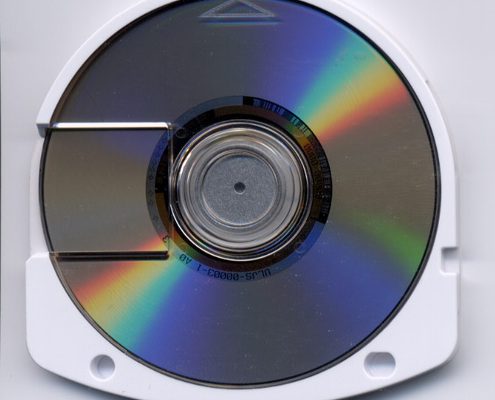Integrated vs. Dedicated Graphics Card: Things You Need to Know

When it comes to buying a new computer or upgrading your existing one, one of the most important decisions you’ll have to make is whether to go with an integrated or dedicated graphics card.
While both options have their advantages and disadvantages, understanding the differences between the two can help you make an informed decision that best suits your needs.
Integrated Graphics Card
An integrated graphics card is a component of the CPU (central processing unit) that shares memory with the system RAM (random access memory). It is typically found in lower-end machines such as laptops and budget desktop computers.
Integrated graphics are good for basic tasks such as web browsing, office applications, and even some light gaming. However, they lack the power and performance needed for high-end gaming, video editing, or graphics-intensive tasks.
The advantages of an integrated graphics card include its low cost, energy efficiency and low heat generation. It is also suitable for activities that do not require a dedicated graphics processing unit, such as browsing and word processing. Another advantage is that it reduces the computer’s overall power consumption, resulting in longer battery life for laptops.
Dedicated Graphics Card
A dedicated graphics card, on the other hand, is a separate processing unit designed specifically for graphics-related tasks. It has its own memory, known as VRAM (video random access memory), and is capable of handling complex tasks such as high-end gaming, video editing and graphic design.
Dedicated graphics cards offer high performance and superior visual quality, making them a top choice for gamers, professionals or anyone who demands the highest quality graphics performance. However, they can be expensive, generate more heat and consume more energy, which can be a concern for those who want a more energy-efficient or low-cost option.
Choosing the Right Graphics Card for Your Needs
When deciding whether to go with an integrated or dedicated graphics card, it is essential to consider your needs and usage patterns. If you are a casual computer user, an integrated graphics card may be sufficient for your needs. Still, if you are a gamer, video editor, or graphic designer, a dedicated graphics card will provide a better experience.
In addition, you’ll also need to consider the cost of the graphics card, as well as your overall system requirements. If you are purchasing a new computer, you may want to consider a system with a dedicated graphics card, while upgrading an existing system will require a more affordable approach, such as an external graphics card.





